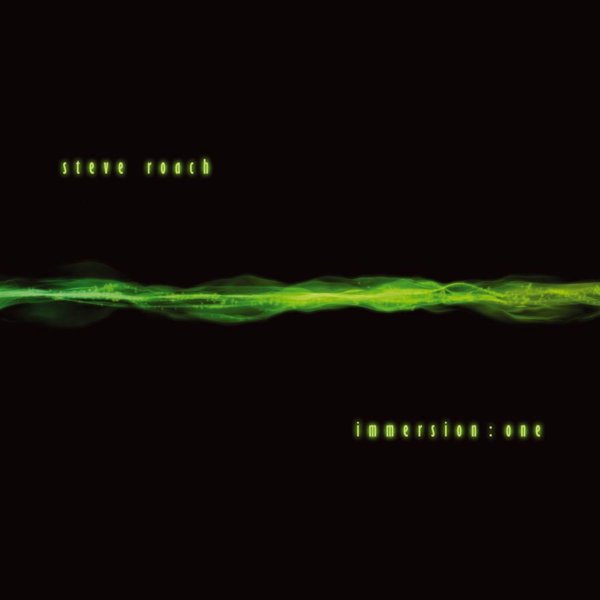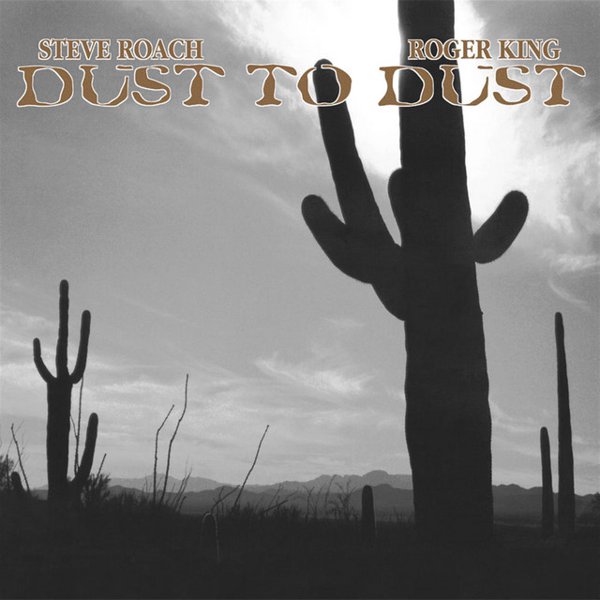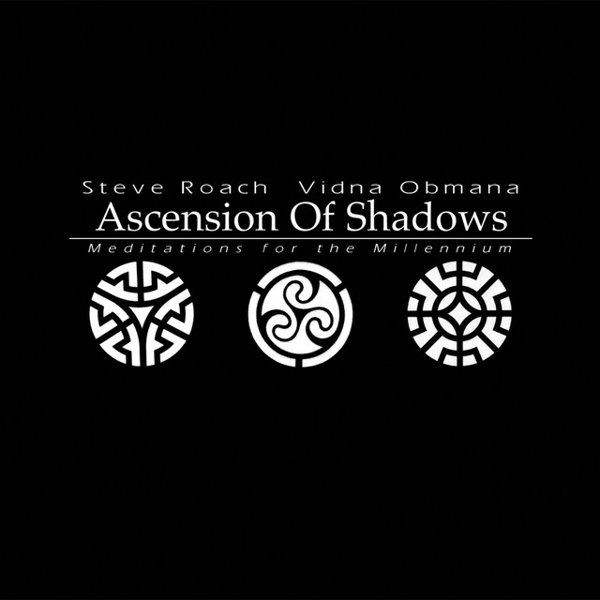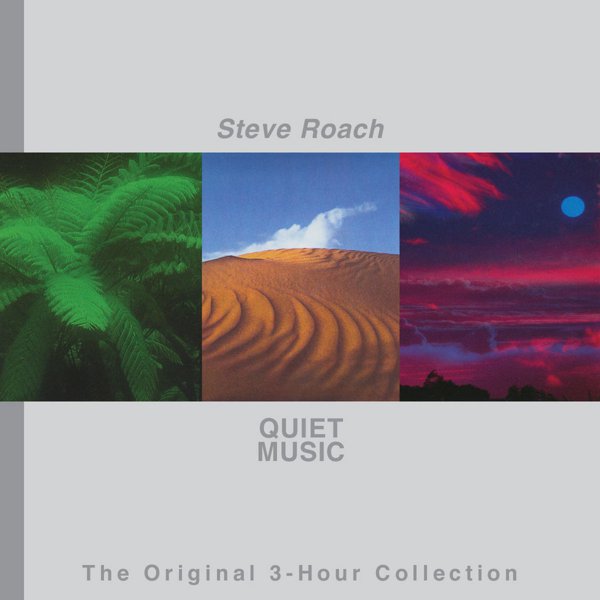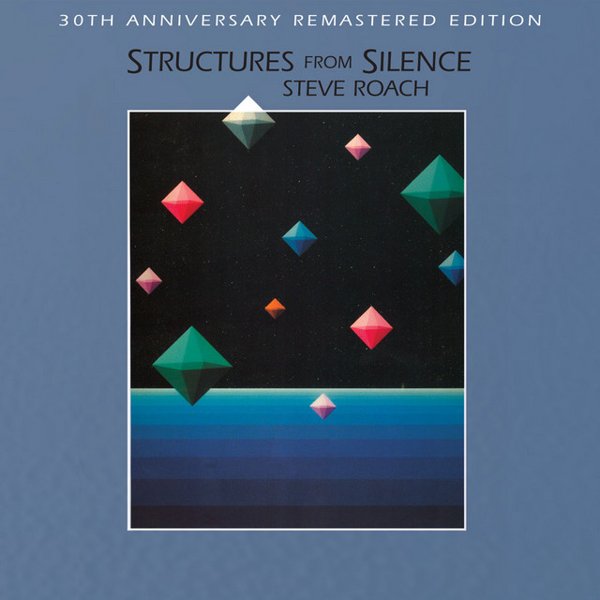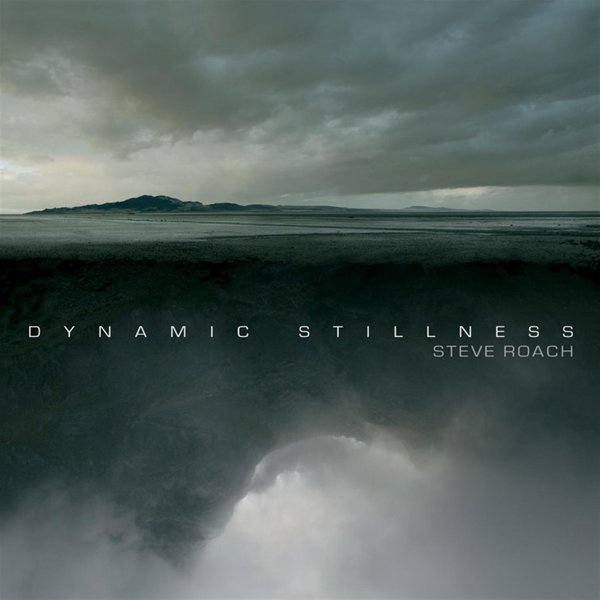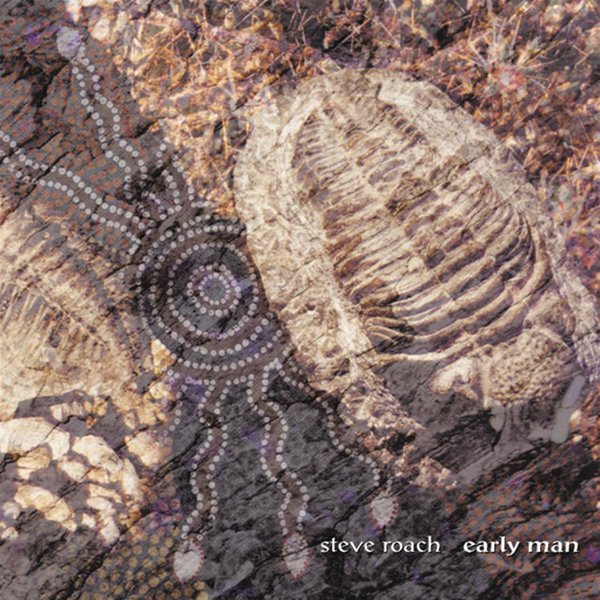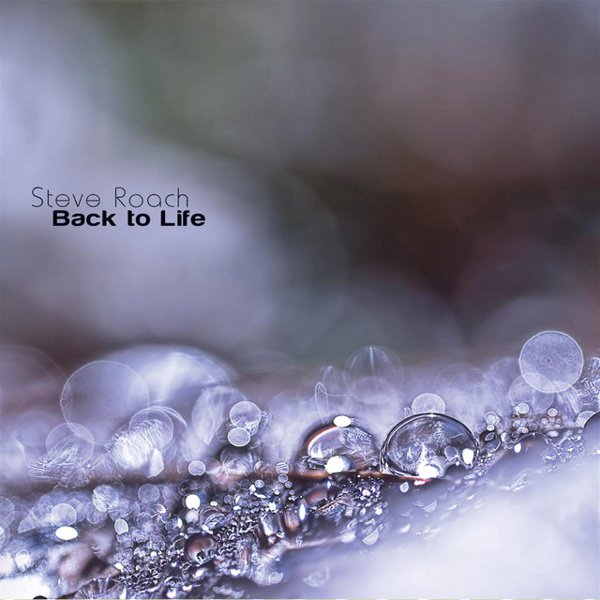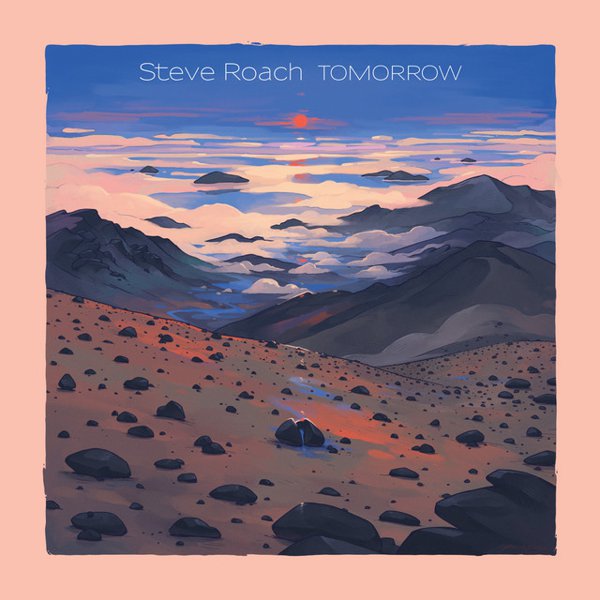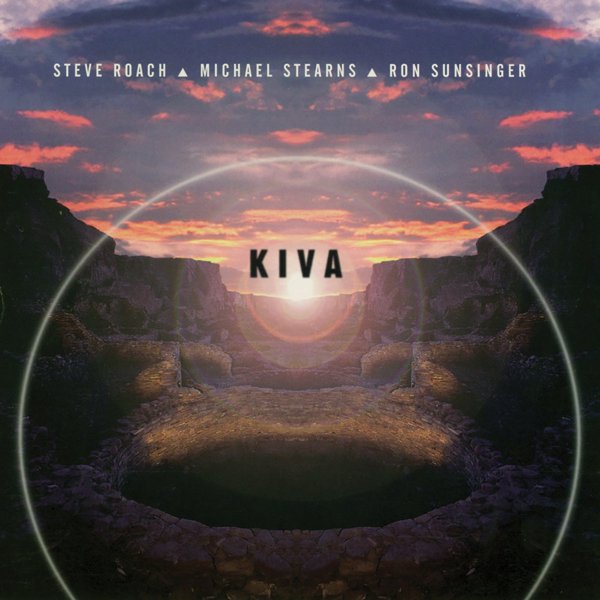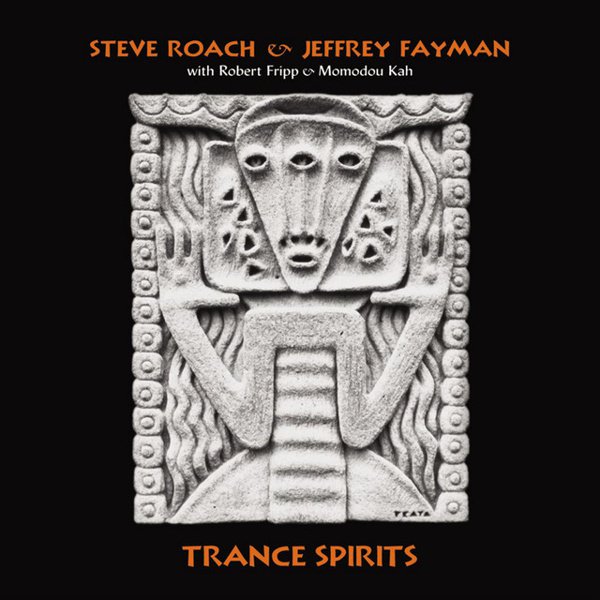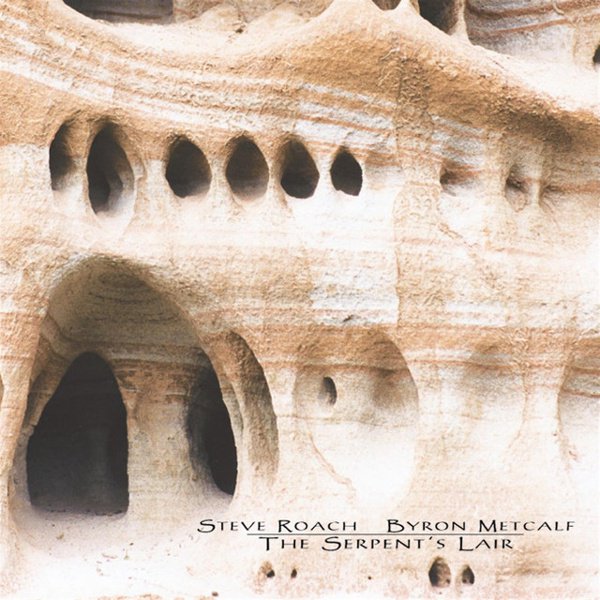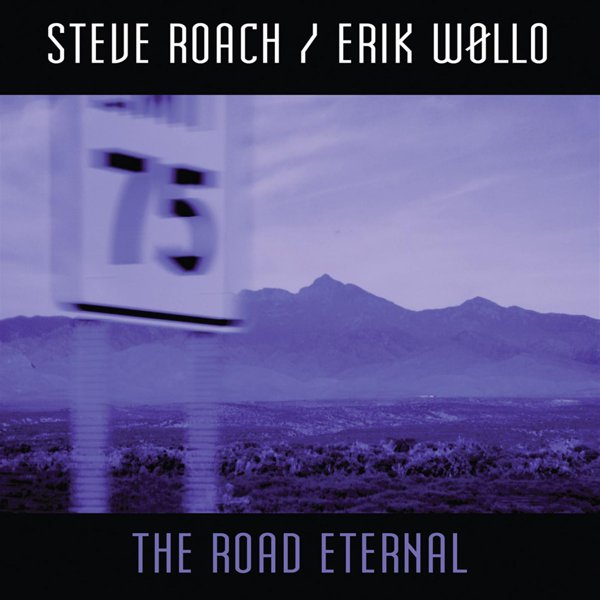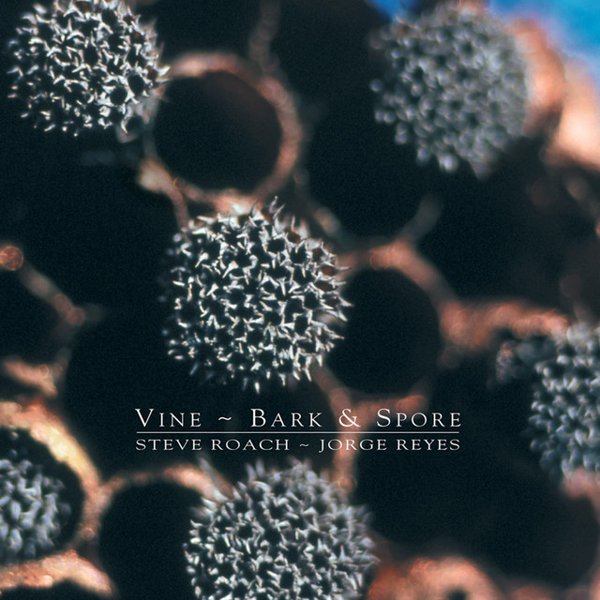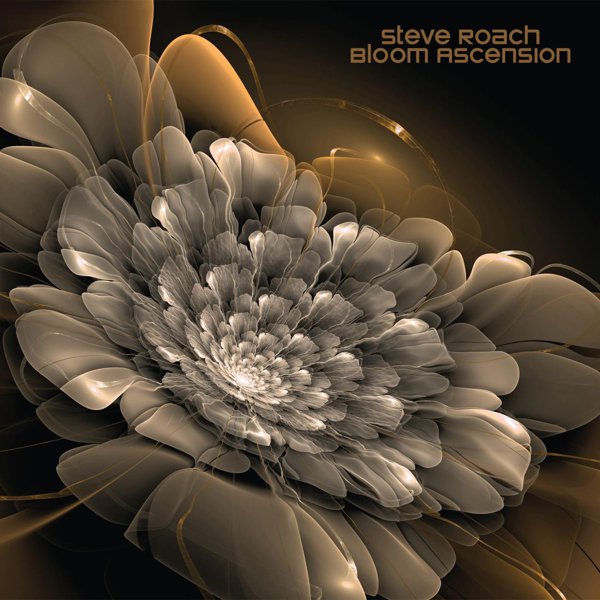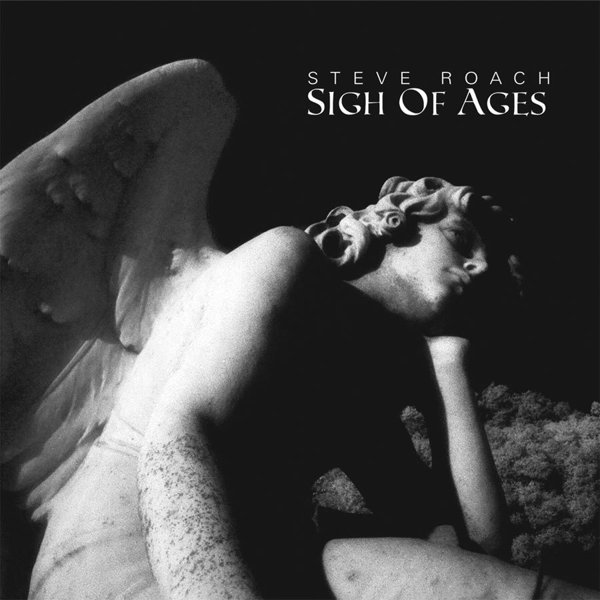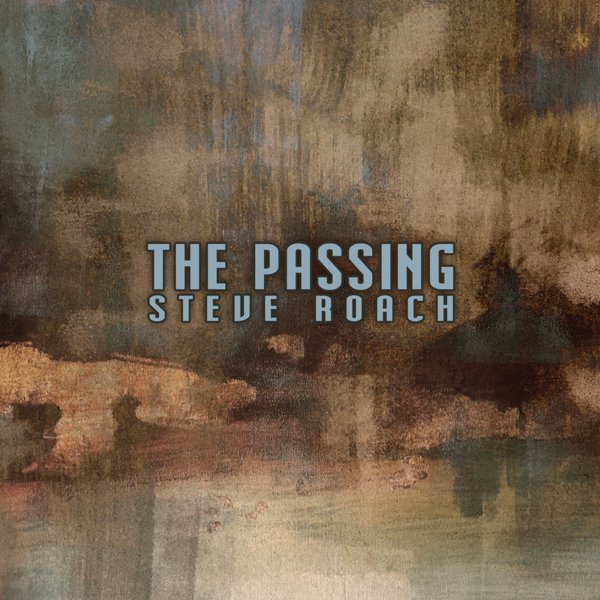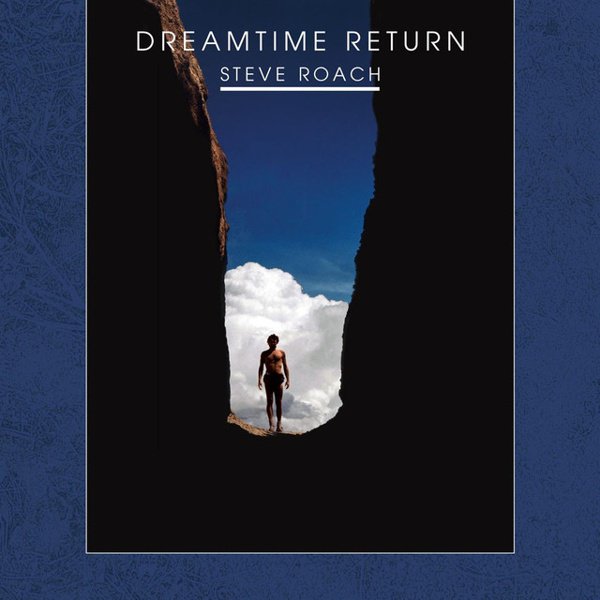If you had predicted in 1975 that a motocross-loving aspiring young sculptor out of San Diego would in latter days become one of the key figures of American ambient electronic music, not many may have necessarily taken you up on it. But such is the background of Steve Roach, who following participation in the early LA synthpop group Moebius struck out on his own with his 1982 solo debut Now. Freely admitting inspiration from such figures as Klaus Schulze and Tangerine Dream’s Edgar Froese, Roach achieved his breakthrough with his third album, 1984’s Structures From Silence, a showcase for his abilities to create involving, lengthy compositions matching the intensity and beauty of his lodestone artists. He began a run of releases that brought initial attention in new age circles in particular on the Fortuna and Hearts of Space labels, including his highly acclaimed Dreamtime Return double CD as well the first of many collaborative releases with simpatico figures such as Robert Rich, Michael Stearns and Jorge Reyes, among others.
Further into the 1990s and beyond, Roach concentrated on a regular string of releases via his Timeroom label while also becoming a stalwart of the Projekt label, whose founder Sam Rosenthal balanced his goth roots with a deep love for the electronic ambience that Roach had mastered. This helped move Roach out of ‘just’ being a new age artist to new, wider areas of appreciation, matched with increasingly elaborate, multi-CD offerings where he explored themes and approaches ranging from calm serenity to energetic, darker-toned efforts. Further collaborators such as Vidna Obmana, Erik Wøllo and Bryon Metcalf among others worked on releases with Roach, who also worked to present his material live in regular festival and one-off appearances around the world. Working out of his long established studio and domestic space in Arizona, Roach further embraced new technological possibilities by establishing subscription services to archival material via Bandcamp along with presenting further new work alongside more formal album releases as he went. By 2022, his fortieth year as a solo artist, Roach remained on the steady record and release pace he had happily found for himself, continuing to explore the possibilities of now-classic electronic synthesizer setups for himself as well as for listeners old and new entranced by his approach.

